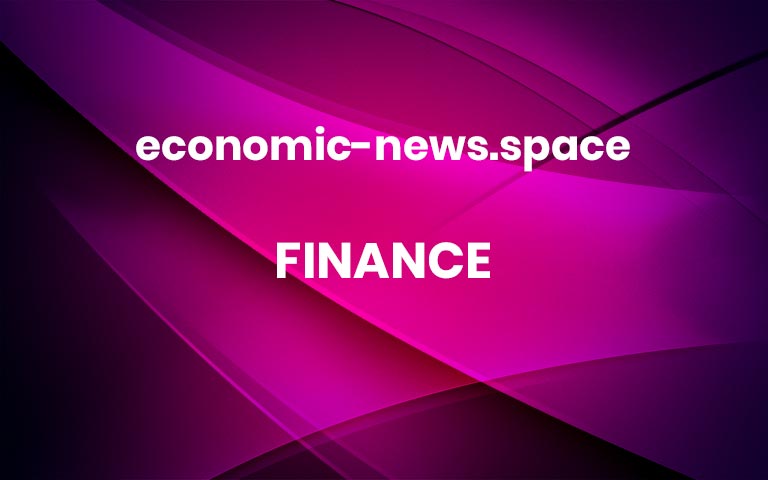Presidential hopeful Donald Trump’s new running mate JD Vance stuck to a hard line on China in his first speech since being selected earlier in the week.
“Together we will protect the wages of American workers and stop the Chinese Communist Party from building their middle class on the backs of American citizens,” Vance said on the third night of the Republican National Convention.
China’s middle-income group had a per capita disposable income of 32,195 yuan ($4,436) last year, according to official data.
Relations between Washington and Beijing are at their lowest in decades amid disputes over trade, technology, human rights and China’s increasingly aggressive approach toward its territorial claims involving self-governing Taiwan and the South China Sea.
Jason Lee | Reuters
BEIJING — U.S. presidential hopeful Donald Trump’s new running mate JD Vance stuck to a hard line on China in his first speech since being selected earlier in the week.
“Together we will protect the wages of American workers and stop the Chinese Communist Party from building their middle class on the backs of American citizens,” Vance said on the third night of the Republican National Convention.
He also called for more factories in the U.S. and restrictions on foreign workers, but did not name specific actions.
Vance, a former critic of Trump, rose to fame for his book “Hillbilly Elegy” — a first-hand account that seeks to describe the impact on the U.S. economy as manufacturing shifted out of the country. As the current Ohio Senator, Vance proposed in September a legislation for promoting gas and hybrid-powered cars made in the U.S. and canceling electric car subsidies.
The ruling Communist Party of China has been increasingly focused on developing advanced manufacturing and said one of its goals for the year 2035 is to “substantially grow the middle-income group as a share of the total population.”
China has 1.4 billion people, more than four times the U.S. population of 336.7 million. McKinsey predicts the number of China’s upper-middle and high-income households could reach 200 million next year.
However, China remains far poorer than the U.S. on a per capita basis.
China’s middle-income group had a per capita disposable income of 32,195 yuan ($4,436) last year, slightly lower than the nationwide level of 39,218 yuan, according to the National Bureau of Statistics. The bureau defined each income category by dividing all surveyed households into five equal parts, including upper-middle-income, middle-income and lower-middle income groups.
Per capita disposable income across the U.S. was multiples higher at $61,033 as of December, according to U.S. Bureau of Economic Analysis data.
When looking at the U.S. middle class, median income was $106,100 in 2022, according to Pew Research.
But the share of Americans that were considered middle class fell to 51% in 2023, down from 61% in 1971, Pew said. The share of upper-income Americans grew by slightly more than that of the lower-income segment during that time, the research showed.
Vance in his speech criticized Wall Street and “cheap foreign goods” from China. He also blamed China for the fentanyl crisis.
Since joining the World Trade Organization in 2001, China has increased its role in global supply chains. Many of the world’s largest companies have relied on lower-cost manufacturing hubs in China for supplies.
Trump has said he plans to raise tariffs on Chinese goods to 60% if reelected in fall. He increased duties on Chinese products when he was president about six years ago, and the Biden administration left them intact.
Vance told Fox News earlier this week that instead of the war in Ukraine, China was the “real issue” for the U.S. and posed the “biggest threat.”
Asked about Vance’s comment, China’s Ministry of Foreign Affairs spokesperson Lin Jian said Tuesday at a daily press briefing, “We are always opposed to making China an issue in U.S. elections.”
— CNBC’s Lora Kolodny contributed to this report. More


